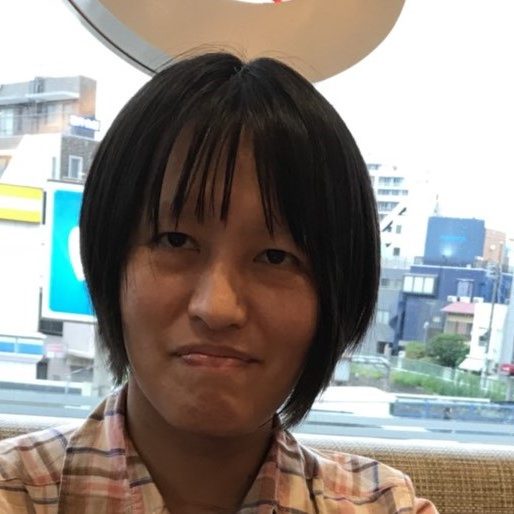
Can you say a few words about yourself?
I was born and raised in Kanagawa Prefecture, near Tokyo, Japan. I obtained a bachelor’s degree in Chemistry from the Faculty of Science, and an M.Sc. and Ph.D. in Environmental Chemistry in the field of atmospheric and oceanic geosciences.
Did you choose your profession or did it choose you ?
Both! Photochemical smog and air pollution problems were sometimes occurred when I was a child, and I was interested in learning more about these issues at first. I chose my career because I was delighted to solve the climate impacts of past, present, and future through field research and data analysis as a researcher. Fortunately, I have had good opportunity to participate in many field studies and related projects, so I feel that they chose me as well.
What attracted you to join LAPI ?
Highly active, motivated, and professional discussions with colleagues, and atmosphere/environment where we can try new things with innovative analysis, methods, and equipment. Great collaborative teams!
Can you speak about the projects you are currently working on and other ones in the past ?
I have worked on aerosols with different characteristics collected in various environments (urban, forest, Pacific, and Arctic) and investigated their water uptake ability, cloud particle activation, and climate impacts, both online in-situ observations and offline analysis using filters. Recently, I investigated the relationship between the biogenic aerosols (bioaerosols) and their cloud potential (as CCN, INP) in the ambient and seawater samples. In the current project, I will explore the aerosol-cloud interaction from observational dataset and calculations, and the role of biogenic materials in the cloud.
What have been some of your biggest challenges ?
Just now! Ever since I was a student, I hoped to work in a research group abroad in the future. I am very excited and happy to finally be here.
What have been some of your biggest successes ?
When I joined the aircraft observations, we succeeded in acquiring vertical profiles clearly from the ground up to an altitude of 3000m (6 heights). We could only stay at each height for about 15 minutes, it was so busy, but finally we got consistent results. We have to try, and we had no choice sometimes, so it was a great joy. Of course, even if I don’t succeed, I will make a connection as a clue for the next challenge or step.
You split your time between teaching and research. How do you view these two roles ?
Teaching is important to transfer and pass on my experience and knowledge to the next generation. Although my teaching opportunities were limited, it is exciting and stimulating to work with young students. Of course I love to spend my time thinking about research activity.
What do you enjoy to do, outside of science and research ?
I like listening to music and playing instruments as I was a member of a brass band when I was a student. Nowadays I am enjoying delicious sweets and coffee in cafés.
Where is the most interesting place you’ve been ?
Seeing beautiful sunsets in the evening and stargazing at night, with nothing to block the view on shipboard.
A free thought for the end ?
You should try it right now, you can achieve anything if you put your mind to it!